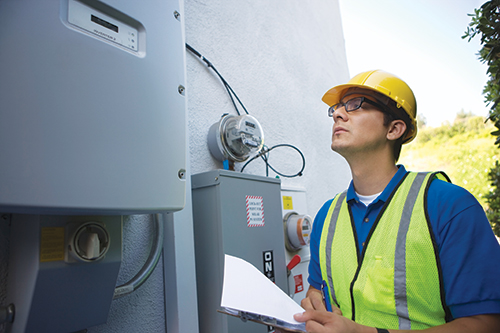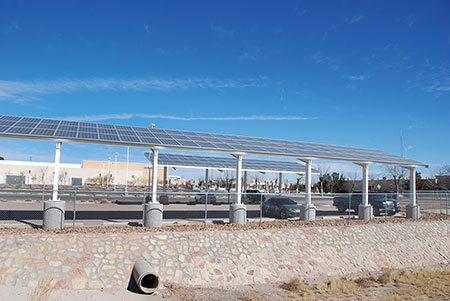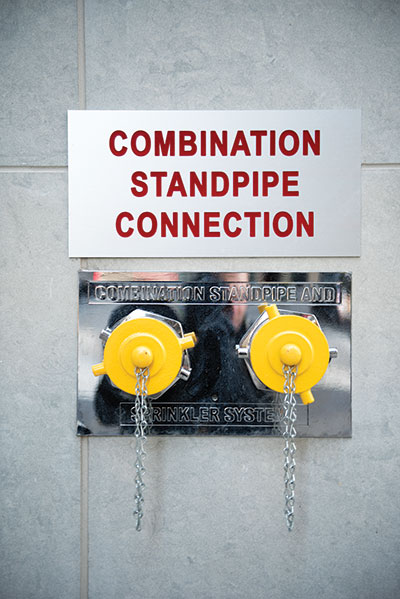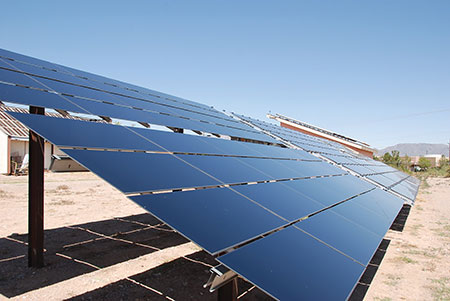The subject of jurisdictional demarcation between electrical design of installations required to be performed in accordance with the CE Code, Part I and work by power supply authorities (by electric utilities) is a very big (and very touchy) issue.
This article will continue our review of the significant changes in the 2017 NEC that relate to photovoltaic (PV) power systems.
Can utility interactive inverters installed within 10 feet of the PV array be a method of complying with the requirements of 2014 National Electrical Code Section 690.12?
Keeping an association active is rather like climbing a mountain. The first slopes are easy, almost like walking, but as time passes the foothills become steeper, the meadows fewer.
The subjects of Integrated fire protection and life safety systems should not be new to the electrical designers, contractors and regulators, as the requirement to commission integrated fire protection and life safety systems was originally placed into Article 3.2.4.6. of the National Building Code of Canada (NBCC) in 2010.
How well do you know requirements about connections in the 2017 NEC? Take this quiz with a copy of the National Electrical Code nearby.
In Section 2 of the CE Code, we encounter the first numbered rules in the Code. The rules from 2-000 to 2-032 are categorized as administrative rules.
This article will try to explain the limitations of terminating single conductors directly to distribution equipment and the reason for Subrules (5) and (6) of CE Code Rule 8-104.
The 2017 NEC has incorporated sweeping changes in the way it deals with PV systems and related systems that will resonate into the future for many years.






